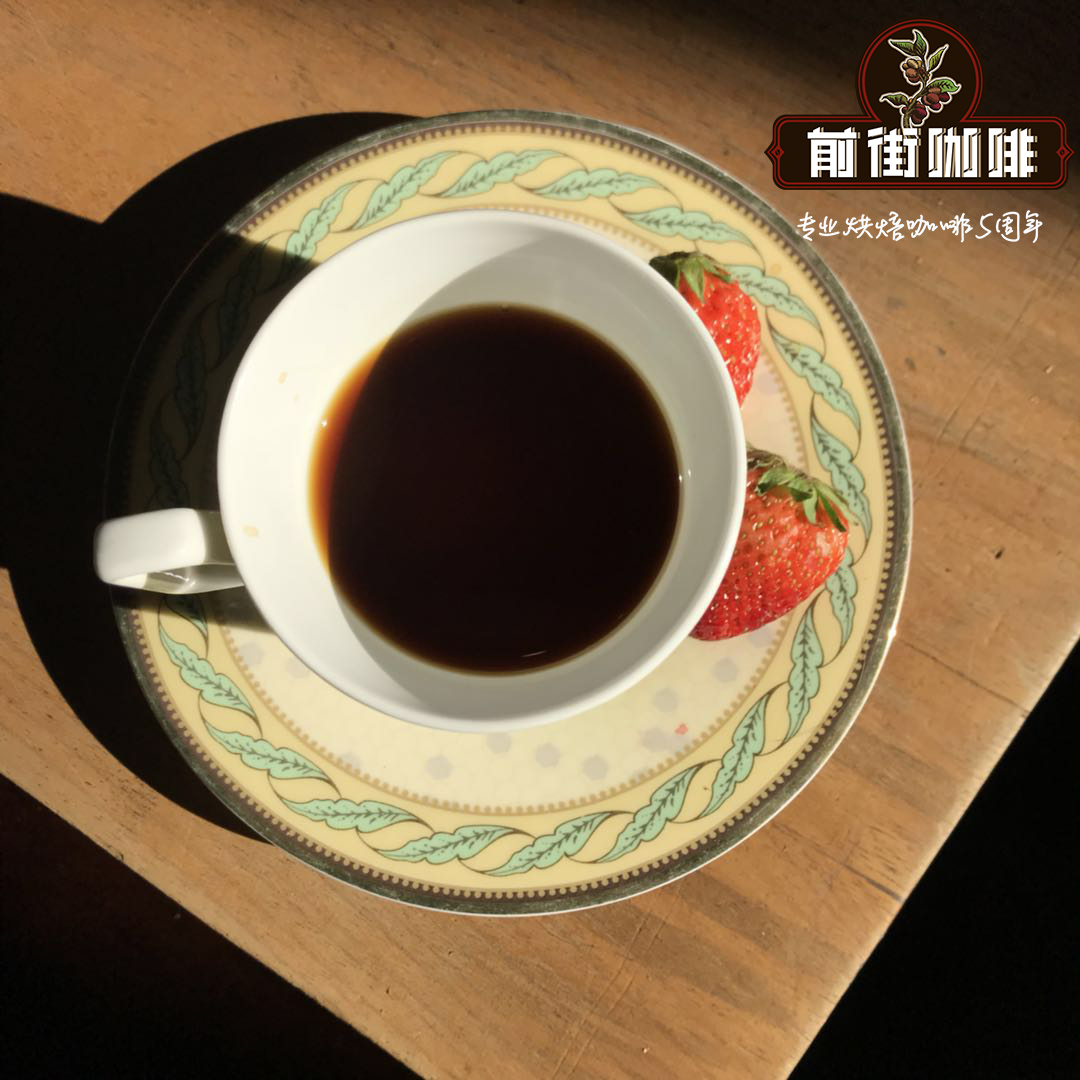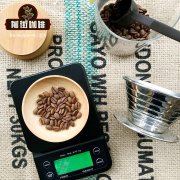Brief introduction of Hawaiian Kona Coffee introduction to the flavor characteristics of kona coffee

Professional coffee knowledge exchange more coffee bean information please follow the coffee workshop (Wechat official account cafe_style)
Qianjie-Hawaii Kona Coffee knowledge and brewing sharing
The only coffee grower in the United States. It grows in volcanic soil and occurs mostly on the southeast coastal edge of the Hawaiian Islands, but because the yield here is not high, the planting cost is surprisingly high, and the demand for individual coffee in the United States and other places is increasing day by day. so its unit price is not only getting higher and higher, but also not easy to buy, the average annual output is about 20,000 tons, the price is quite high. Pure Hawaiian Cona, full of nutty and seductive aromas, sweet and smooth taste, with pleasant wine acidity, moderate acidity, very special.
Hawaiian Kona coffee is the only top variety produced in 50 states in the United States, and the United States is naturally its largest market. Kona coffee beans from Hawaii have the most perfect appearance. Their fruits are extremely full and shiny. They are the most beautiful coffee beans in the world. The coffee is smooth and fragrant, with an attractive nutty flavor and a well-balanced acidity, as charming as the colorful colors of the island of Hawaii and a long finish.
The world-famous "Kona of Hawaii" is a mellow and sour coffee bean. Kona coffee is grown on the slopes of Mauna Roa volcano on the southwest coast of Hawaii. In terms of flavor, Kona coffee beans are closer to Central American coffee than Indonesian coffee. Its average quality is very high, carefully handled, medium texture and low sour taste.
Recommended cooking method: hand flushing
Water temperature: 87-86 ℃
Filter cup: KONO/V60
Degree of grinding: BG-6W
Baking degree: medium baking
Palate: sweet-scented osmanthus, mulberry fruit juice, malt, long-lasting caramel sweetness in the finish.
Parameters: 15g powder, water temperature 86 degrees, grinding BG-6S, ratio of water to powder close to 1:15, total time about 1:50
Technique: 25-30g water steaming, the steaming time is 30s, the first stage water injection to 120g water cut off; vertical flow, small flow slowly circle; the second stage water injection to 225g, the flow and circle speed is slightly faster, reducing powder clogging filter cup, resulting in over-extraction.
Knowledge expansion: in 1828, an American missionary named Samuel Riveland Rags brought branches of the coffee tree from Birch Emirates Garden to Kona, a descendant of the Arabica coffee tree that first grew in the Ethiopian plateau. To this day, Kona Coffee continues its noble and ancient lineage.
END
Important Notice :
前街咖啡 FrontStreet Coffee has moved to new addredd:
FrontStreet Coffee Address: 315,Donghua East Road,GuangZhou
Tel:020 38364473
- Prev

What's the taste of Blue Mountain Coffee? how can Blue Mountain Coffee be brewed and shared?
The history of coffee brewing and sharing in Jamaica dates back to the 18th century, when King Louis XV of France ordered coffee to be grown in Jamaica, and in the mid-twenties, Governor Nicholas of Jamaica. Sir Lloyd (Nicholas Lawes
- Next

Boutique Coffee-introduction to the Flower Flavor of Yepo Fruit washed by Yega Xuefei, Ethiopia
Professional coffee knowledge exchange more coffee bean information please follow the coffee workshop (Wechat official account cafe_style) front street-Ethiopia Yega Sherfield Cochel washing Aper introduction under ECX's production area classification system: Cochel producing area, is one of the four producing areas of Yegashefi (namely Yirgacheffe, Wenago, Gelena Abaya and Kochere). In terms of administrative area
Related
- Beginners will see the "Coffee pull flower" guide!
- What is the difference between ice blog purified milk and ordinary milk coffee?
- Why is the Philippines the largest producer of crops in Liberia?
- For coffee extraction, should the fine powder be retained?
- How does extracted espresso fill pressed powder? How much strength does it take to press the powder?
- How to make jasmine cold extract coffee? Is the jasmine + latte good?
- Will this little toy really make the coffee taste better? How does Lily Drip affect coffee extraction?
- Will the action of slapping the filter cup also affect coffee extraction?
- What's the difference between powder-to-water ratio and powder-to-liquid ratio?
- What is the Ethiopian local species? What does it have to do with Heirloom native species?

